Materials Science
-
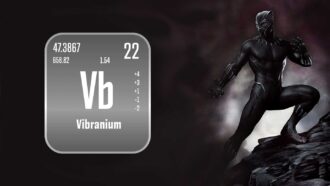 Chemistry
ChemistryCould we make vibranium?
The ‘perfect’ metal may belong to the fictitious Marvel world of Wakanda, but scientists hope to one day mimic some of its key traits.
By Anil Oza -
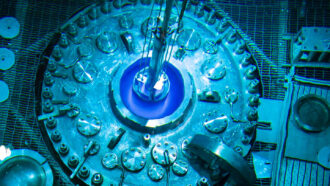 Physics
PhysicsScientists Say: Neutron
Neutrons are one of the main building blocks of atoms and have no electric charge.
-
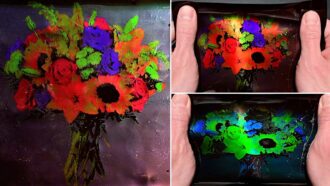 Materials Science
Materials ScienceThese fabrics change color as they stretch
Stretchy, color-shifting cloth may lead to new art, fashions and sensors. A century-old Nobel-prize-winning invention served as its inspiration.
-
 Tech
TechHow to turn your hobby into a seriously cool science project
This year’s Broadcom MASTERS finalists were inspired by their love of painting, horseback riding and other pastimes.
-
 Tech
TechNo trees were harmed to 3-D print this piece of wood
How clever! Scientists used print-speed adjustments to control how flat, 3-D printed shapes morph into complex wooden objects.
-
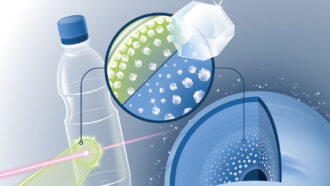 Materials Science
Materials ScienceLaser light transformed plastic into tiny diamonds
The technique could be used to make nanodiamonds for quantum devices and other technology.
-
 Materials Science
Materials ScienceCool Jobs: Scientific glassblowers shape science
Glass has played a major role in research for centuries. Today’s artisans work at the forefront of discovery.
-
 Chemistry
ChemistryScientists Say: Pigment
From fruits to fur to fine art, many materials get their colors from compounds called pigments.
-
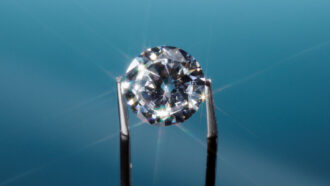 Materials Science
Materials ScienceLet’s learn about diamond
Diamond is born under extreme heat and pressure inside Earth and elsewhere in the universe.
-
 Materials Science
Materials ScienceScientists Say: Silicone
Silicone is a generic term for a whole slew of humanmade polymers with many different forms and applications.
-
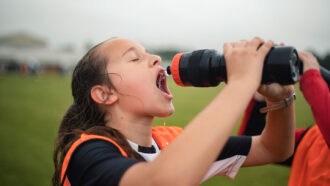 Chemistry
ChemistryReusable plastic bottles release hundreds of pollutants into water
Data show the plastic ends up tainting drinking water. For now, scientists don’t know what health risks downing these pollutants might pose.
-
 Chemistry
ChemistryLet’s learn about cellulose
The world’s most abundant natural polymer is finding all kinds of new uses, in everything from ice cream to construction.